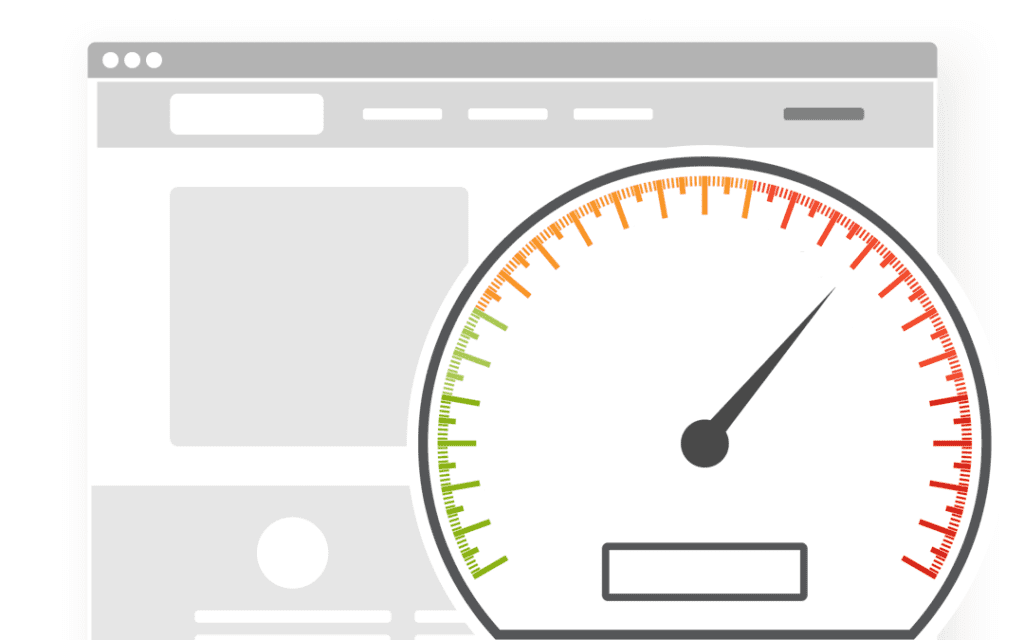Over the past decade in this industry, much has changed, but most core concepts have remained. Optimizing the user experience is definitely one of those. Marketers still struggle in finding the tools, the technologies and the people to understand and improve the user experience
Site speed, as one example, is a critical factor for user experience, conversion rate, and SEO, but it is overlooked more often than acted upon.
This post is offered as a springboard for providing a better (i.e., faster) end-user experience not only on desktop but also on mobile, which continues to show steady growth as a device category segment for many websites.
Let’s begin with Google Analytics Site Speed reports themselves. It is usually most useful to use these reports to narrow your focus on specific pages or other dimensions.



After you evaluate the Site Speed reports in Google Analytics, where do you follow up? The tools outlined below allow to drill down further into site speed issues and understand the necessary corrective action.
Google PageSpeed Insights
Google provides this tool to generate optimization insights. No specific expertise needed.

The PageSpeed Insights report offers specific recommendations. For example, it may recommend that you consolidate and minify many script files. As a note, this kind of suggestion may be somewhat harder to implement if your CMS/website framework relies on separate script files as part of how it functions.

Think of the PageSpeed Insights recommendations as a good “best practice” checklist: implement the suggestions that you can, but understand that some maybe be less feasible, depending on your architecture.
Chrome Lighthouse
This is available as a dedicated Chrome Extension or from inside Chrome Developer Tools. Much like the PageSpeed Insights report above, it provides a report after it runs that gives recommendations and insights. It groups insights into four sections: Progressive Web App, Performance, Accessibility, Best Practices.


Chrome Developer Tools Network Traffic
The Network tab of the Chrome Developer Tools can also provide a breakdown of how fast page elements are loading and when. This requires more expertise to use and interpret.

Network tab in Chrome Developer tools breaks down load times and sequences for page elements.
The Performance Tab in Chrome Developer Tools can give a closer look a page loading and is more relevant than the Network Tab. Like the Network Tab, it takes some know-how to use and interpret.

If you encounter any difficulty in interpreting the Network and Performance tabs in Chrome Developer Tools, your front-end Web developer should be able to assist you, and would likely be interested to review the breakdown with you.
In any case, as you formulate your strategies for user-experience optimization, don’t forget the Google Analytics Site Speed reports and the additional Google and Chrome tools that you can take advantage of today.













